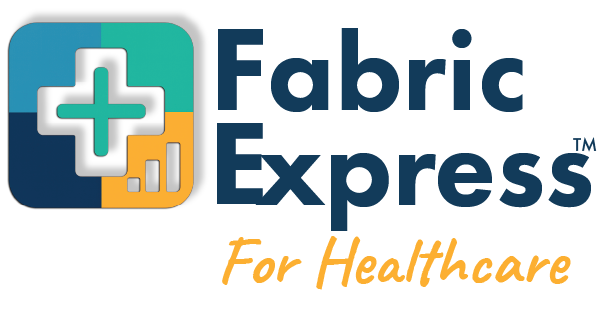
How the Lakehouse Enables Data-Driven Innovation with Microsoft Fabric
A new paradigm for data management and analytics
What is the Lakehouse?
The lakehouse is a new architectural pattern that combines the best of data lakes and data warehouses. It allows you to store and process both structured and unstructured data in a single, unified platform. The lakehouse enables you to perform both batch and streaming analytics, as well as machine learning and artificial intelligence, on the same data. The lakehouse also supports ACID transactions, schema enforcement, and data quality, which are essential for reliable and consistent data analysis.
Why use the Lakehouse with Microsoft Fabric?
Microsoft Fabric is a cloud-native data platform that provides a comprehensive solution for data management and analytics. Microsoft Fabric leverages the lakehouse concept to offer a scalable, secure, and cost-effective way to ingest, store, process, and consume data from various sources. With Microsoft Fabric, you can:
- Build a single source of truth for your data, regardless of its format, size, or velocity.
- Use a variety of tools and frameworks, such as Spark, SQL, Python, R, and Power BI, to analyze your data and generate insights.
- Apply advanced analytics and machine learning techniques, such as data mining, predictive modeling, natural language processing, and computer vision, to create intelligent applications and services.
- Integrate your data and analytics workflows with other Microsoft services, such as Azure Synapse Analytics, Azure Machine Learning, Azure Cognitive Services, and Azure Data Factory.
- Ensure data security, governance, and compliance with built-in features, such aarencryption, authentication, authorization, auditing, and data cataloging.
How to get started with the Lakehouse and Microsoft Fabric?
To get started with the lakehouse and Microsoft Fabric, you need to:
- Create a Microsoft Fabric account and provision a Fabric cluster.
- Connect your data sources, such as Azure Blob Storage, Azure Data Lake Storage, Azure SQL Database, Azure Cosmos DB, or Kafka, to your Fabric cluster.
- Define your data schemas and partitions, and load your data into your Fabric cluster.
- Use the Fabric Studio, a web-based interface, to explore, query, and visualize your data.
- Use the Fabric SDK, a Python-based library, to create and run your data pipelines, analytics jobs, and machine learning models.
- Use the Fabric API, a RESTful interface, to access and manage your data and analytics resources.
Conclusion
The lakehouse is a new paradigm for data management and analytics that offers the best of both worlds: the flexibility and scalability of data lakes, and the reliability and performance of data warehouses. Microsoft Fabric is a cloud-native data platform that implements the lakehouse concept and provides a comprehensive solution for data-driven innovation. With Microsoft Fabric, you can easily ingest, store, process, and consume data from various sources, and use a variety of tools and frameworks to analyze your data and generate insights. You can also apply advanced analytics and machine learning techniques to create intelligent applications and services, and integrate your data and analytics workflows with other Microsoft services. To learn more about the lakehouse and Microsoft Fabric, visit What is a lakehouse? – Microsoft Fabric | Microsoft Learn.










